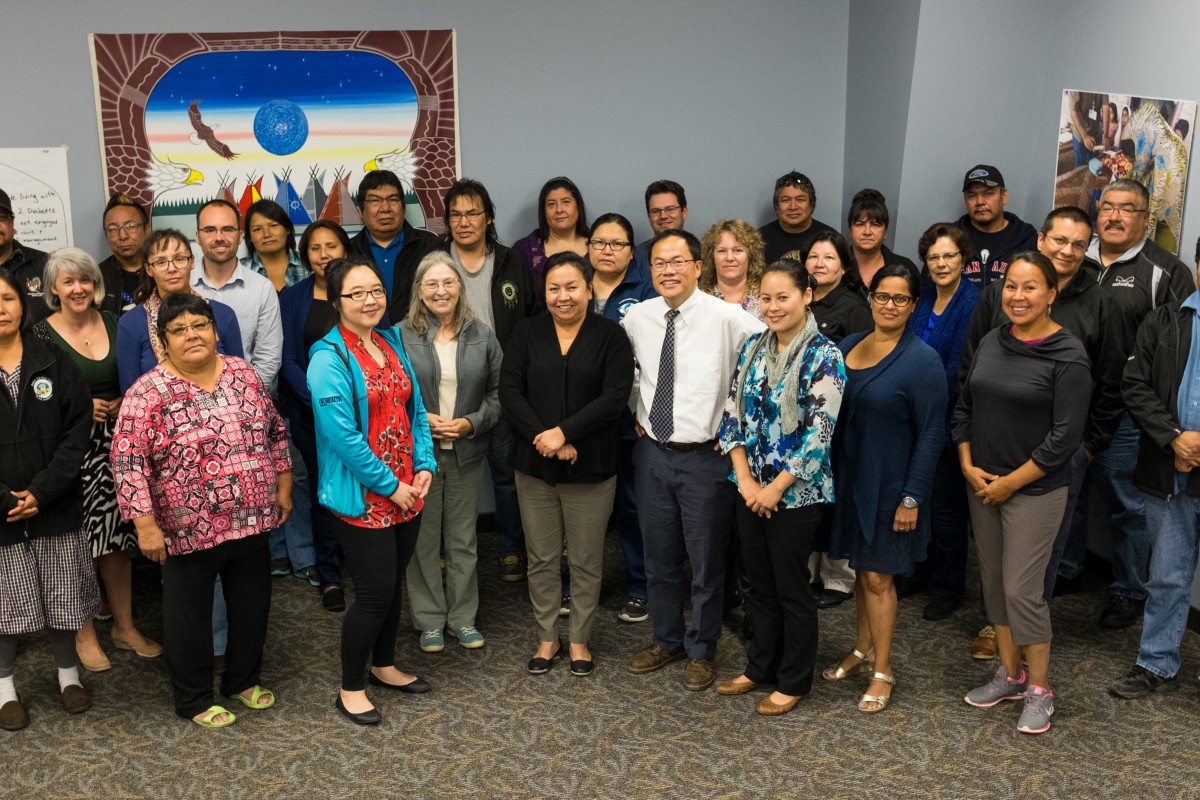
How are CHWs recruited and retained?
Recruiting CHWs also varies by program. There is consensus that the CHW should be chosen from the community, and that communities should have meaningful participation in the selection process. While some programmes have a formal recruitment process, other CHWs programs appoint CHWs to their positions.
CHWs include both paid and volunteer workers. However, there is no evidence that volunteerism can be sustained over a long period of time, and the position should be financially remunerated [2,3]. CHWs can be paid by government organizations, non-governmental organizations as well as community organizations.
In addition to financial incentives, some CHW programs also provide other incentives. In Zambia, community health assistants are given a bicycle, mobile phone, shoes, an umbrella, a backpack and a uniform. Other forms of incentives include recognition and respect for their work, learning new skills, peer support, identification and elevated status within the community [2].
Retention rates for CHWs also vary greatly. The retention is directly related to how the program is financed, whether the funding is sustainable and consistent, level of community ownership and also how the CHWs were selected [2].
[2] Bhattacharyya K, Winch P, LeBan K, Tien M (2001). Community health worker incentives and disincentives: how they affect motivation, retention and sustainability. Arlington, Virginia, BASICS/USAID.
[3] Cataldo, F., Kielmann, K., Kielmann, T., Mburu, G., & Musheke, M. (2015). ‘deep down in their heart, they wish they could be given some incentives’: A qualitative study on the changing roles and relations of care among home-based caregivers in zambia. BMC Health Services Research, 15(1), 36. doi:10.1186/s12913-015-0685-7
